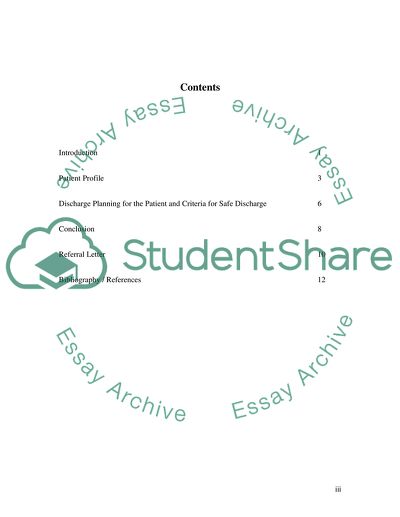Cite this document
(Medical surgical on discharge planning Lab Report, n.d.)
Medical surgical on discharge planning Lab Report. https://studentshare.org/health-sciences-medicine/1556965-medical-surgical-on-discharge-planning
Medical surgical on discharge planning Lab Report. https://studentshare.org/health-sciences-medicine/1556965-medical-surgical-on-discharge-planning
(Medical Surgical on Discharge Planning Lab Report)
Medical Surgical on Discharge Planning Lab Report. https://studentshare.org/health-sciences-medicine/1556965-medical-surgical-on-discharge-planning.
Medical Surgical on Discharge Planning Lab Report. https://studentshare.org/health-sciences-medicine/1556965-medical-surgical-on-discharge-planning.
“Medical Surgical on Discharge Planning Lab Report”. https://studentshare.org/health-sciences-medicine/1556965-medical-surgical-on-discharge-planning.


